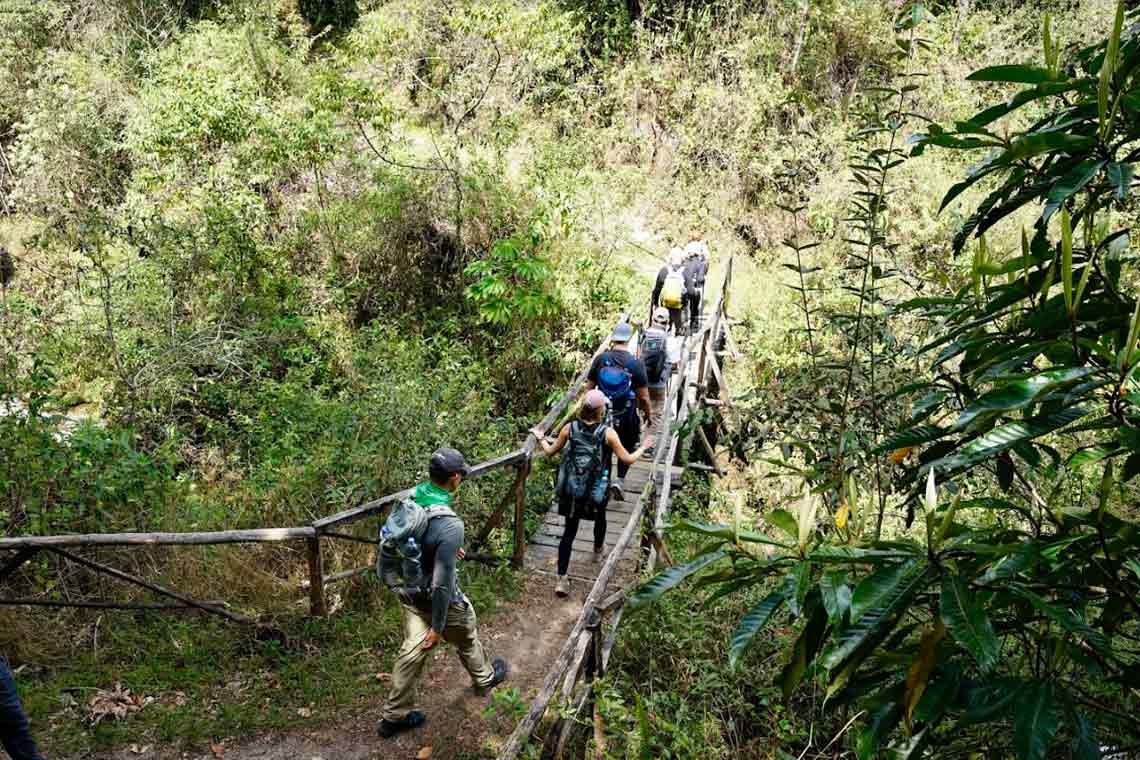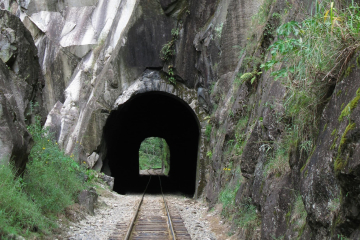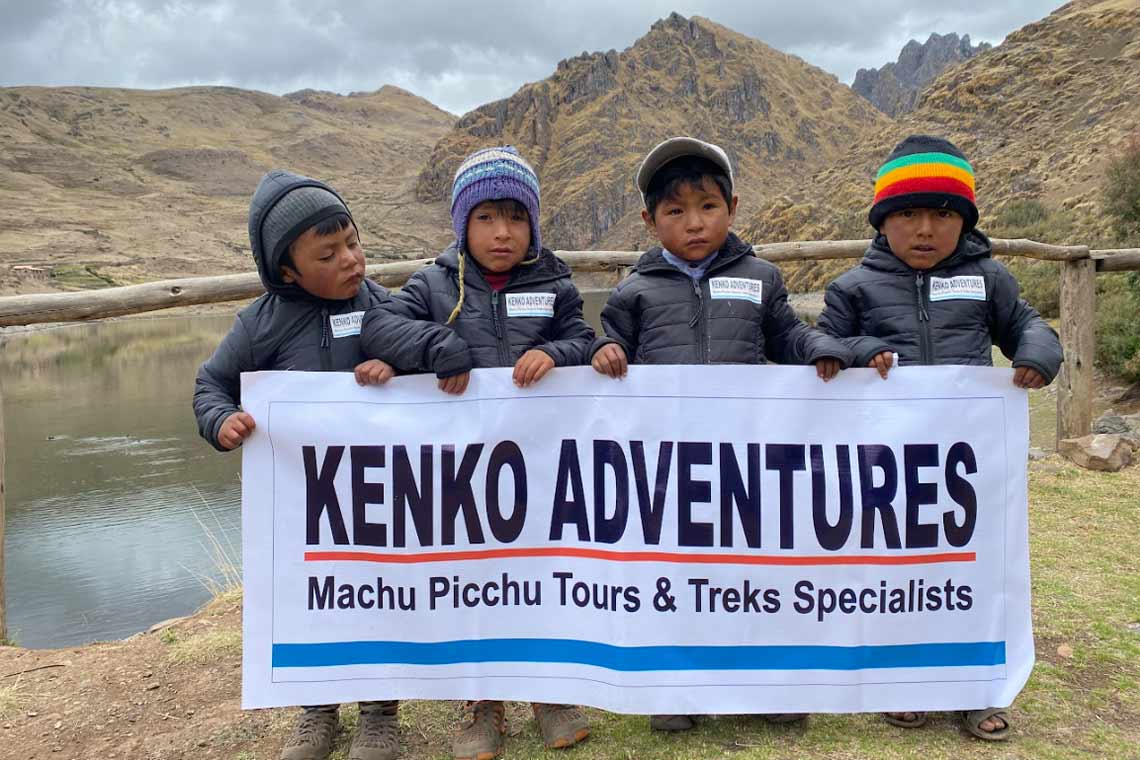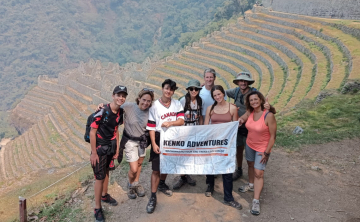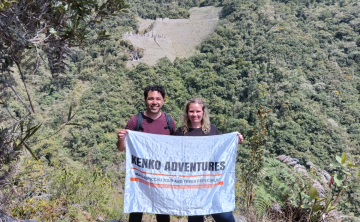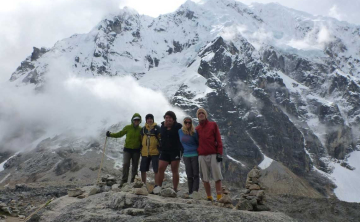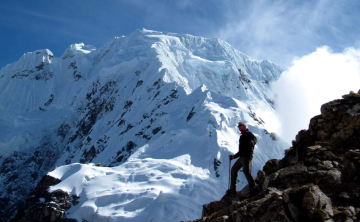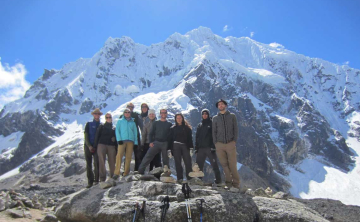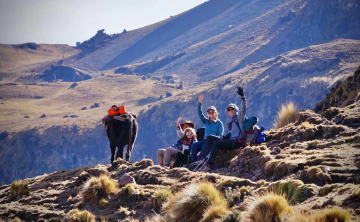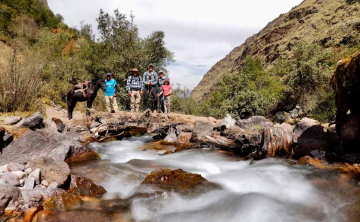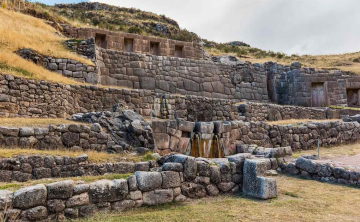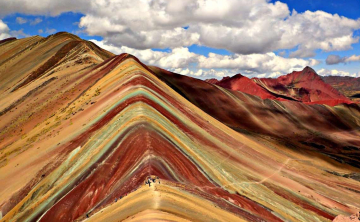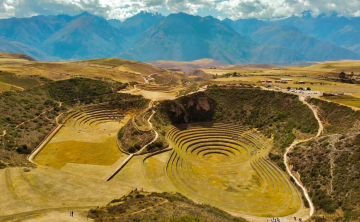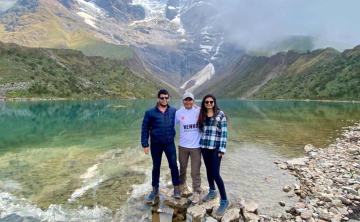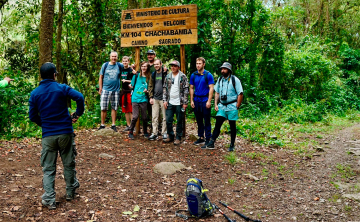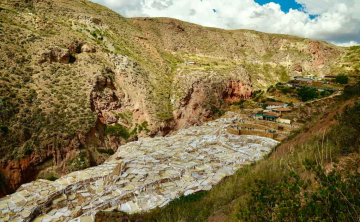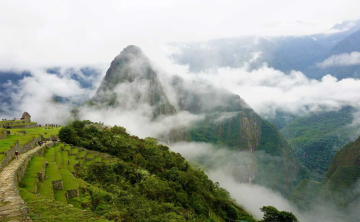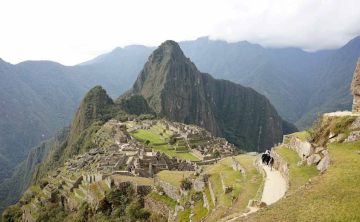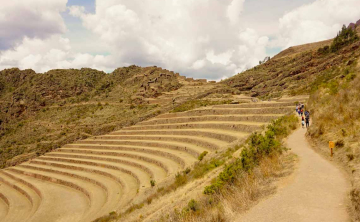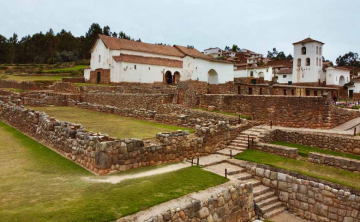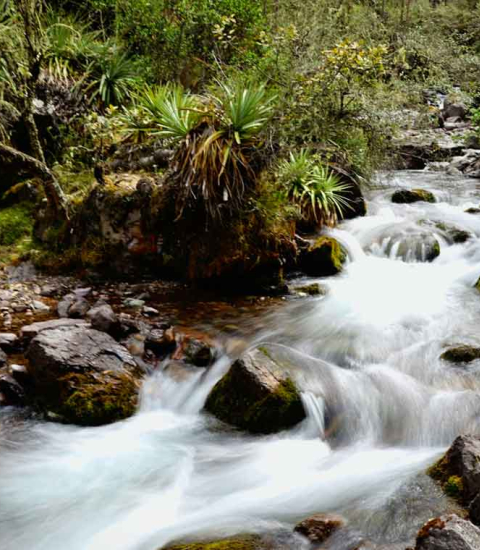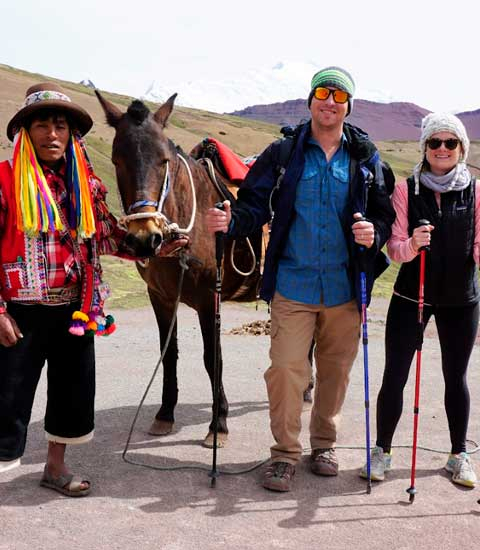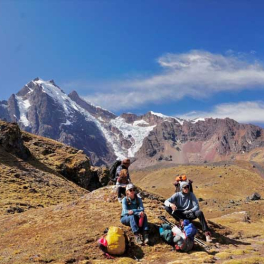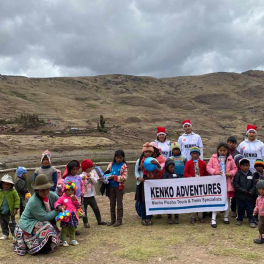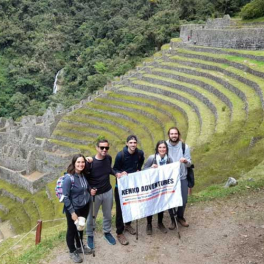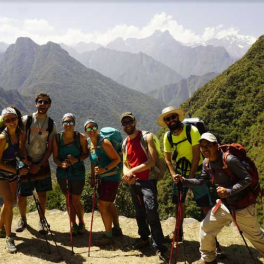The magic Inca Trail is completely different from any other route in the world. Steep mountains, incredible stories of an ancient civilization and the amount of landscapes that are visited from 1 to 4 days.
Surely one of the first things that go through the heads of travelers is why I'm getting into this?, and other is that the distance to walk the stairs doesn't finish, the different altitudes, the camps at night and many other things can make us fear the great adventure of the Inca Trail
The Inca Trail is undoubtedly a unique challenge and requires audacity for those who take the walk. The only restriction is if you have a serious medical condition, otherwise you will almost certainly accomplish the adventure.
If you are in shape and you are ready to take the walk, you will surely enjoy it much more, since the Inca Trail experience is one of the magical and unforgettable ways to get to Machu Picchu.
IN GROUP, IF YOU CAN I CAN DO IT TOO
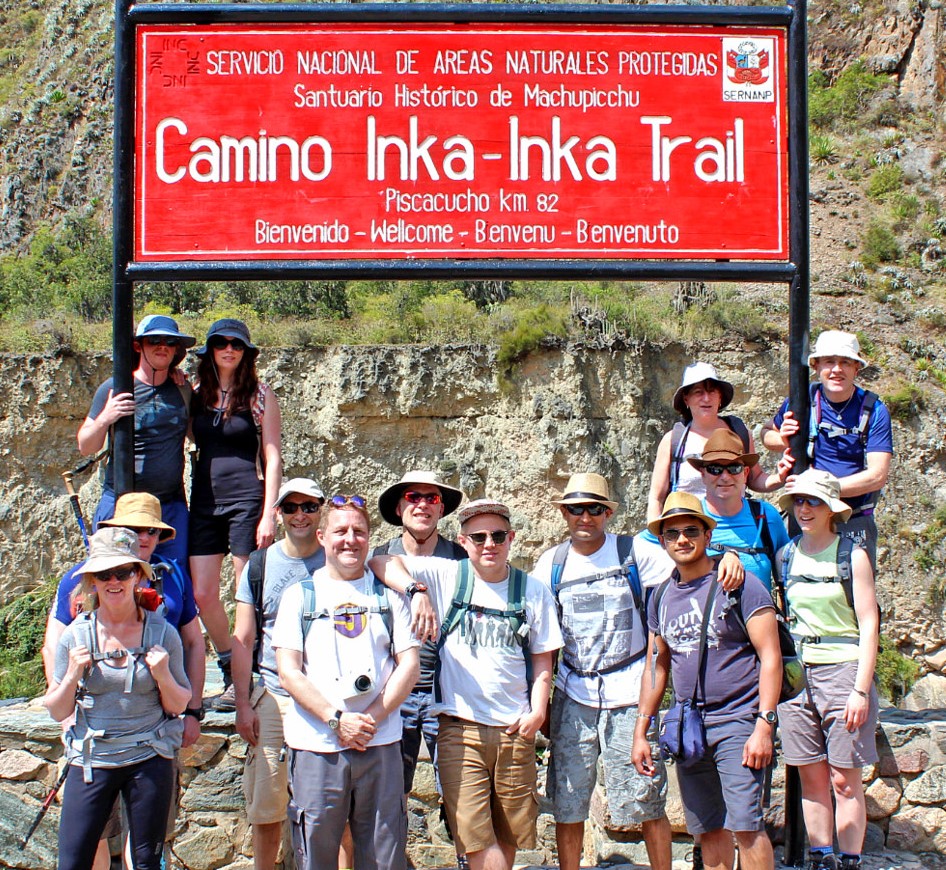
The Inca Trail hike is where you can see all kinds of people, from children to seniors. If you thought it was for marathon runners or young fitness you will surely get a surprise.
Many people over 70 and below 10 perform the walk. The Inca Trail for adventurous tourists and not necessarily for steel men. Of course, if you have a serious medical condition, you should take the necessary precautions or avoid the trip.
If you are in a group, for the diversity of your companions, surely you will not be left behind. Also your group will not be the only one on the way, in high season there are up to 500 people on the way
WHAT IS THE DISTANCE TO WALK IN THE INCA ROAD?
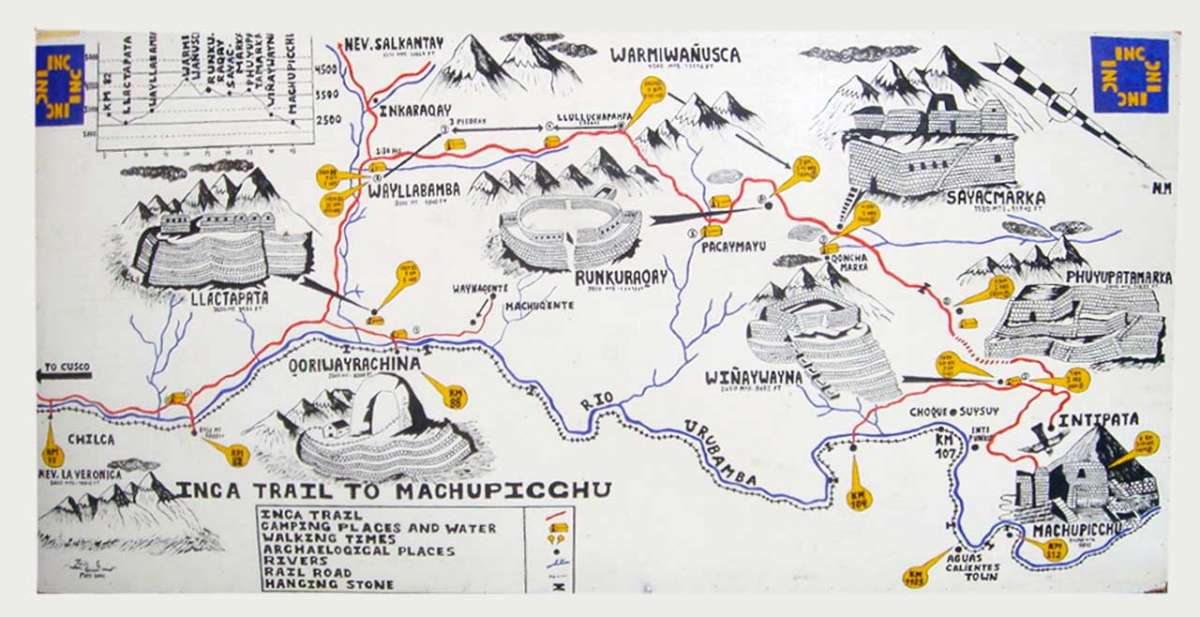
Each travel agency has a slightly different itinerary, however 45 km or 26 miles in total are walked on the Classic Inca Trail for 4 days and 3 nights. The average walk per day is:
Day 1: 11 km (6.8 miles) 6 to 9 hours of walking
Day 2: 12 km (7.5 miles) 6 to 9 hours of walking
Day 3: 16 km (10 miles) 6 to 9 hours of walking
Day 4: 4 km (2.5 miles) 2 hours of walking before arriving at Machu Picchu
In the case of the One Day Inca Trail or the 2 Day Inca Trail the total distance is 12 km (7.5 miles) with a travel time between 6 and 8 hours.
All weather conditions will affect you.
THE ALTITUDE AND THE CHALLENGE OF THE STEP OF THE DEAD WOMAN
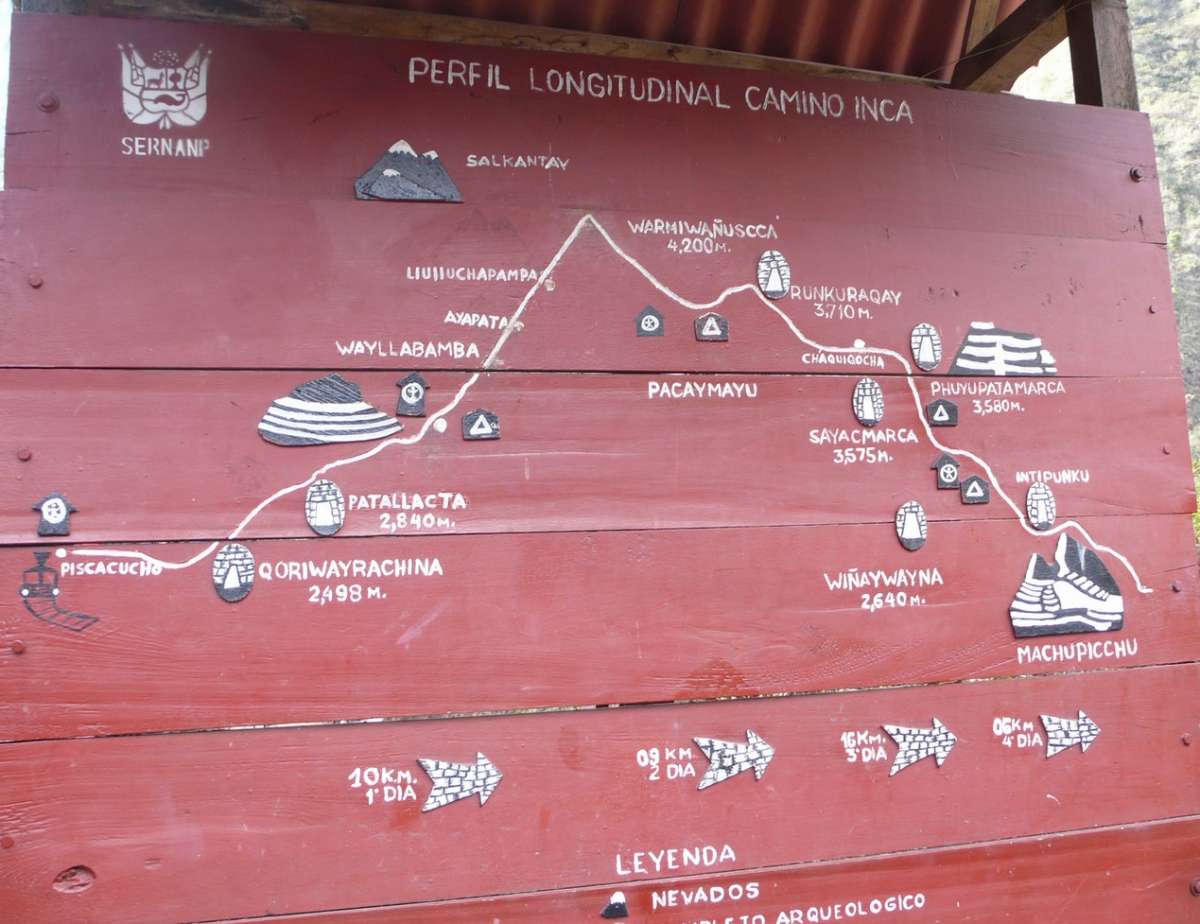
Altitude is one of the most relevant factors to take in consideration if you're planning to visit the Inca Trail. If your home is at a sea level of altitude, most probably you'll suffer from what's known as "altitude sickness". This sickness could represent a serious risk becuase it can affect your body on its entirety. The lack of oxygen can even make basic exercising complicated at first. The lower the altitude from the region you're coming from the more chances to be affected by the altitude to some extent, a general recommendation according to MSDManuals is that the majority of people should be able to elevate themselves somewhere around 5 500 ft. per day, and if you consider the fact that Cusco is located at more than 10 000 ft, you may be overcharging your body's capacities, that's why resting for the first two or three days is key to make sure that you won't be severely affected by the altitude difference (and even with that consideration, you may still suffer a bit due to the sudden change of altitude).
The biggest challenge of the Inca Trail is the famous highest pass (death women pass). At 4,215 m (13,828 ft), it is the highest point of the trail and, by far, the most exhausting. As the path increases, there are fewer trees and you are more exposed to the elements: think of the hot sun, the cold winds or the torrential rain. The climb of more than 1,000 m in the space of four to six hours will definitely affect the body. But the breathtaking views and the sense of achievement at the top are well worth it to do ti.
THE BEAUTIFUL STONE STAIRS
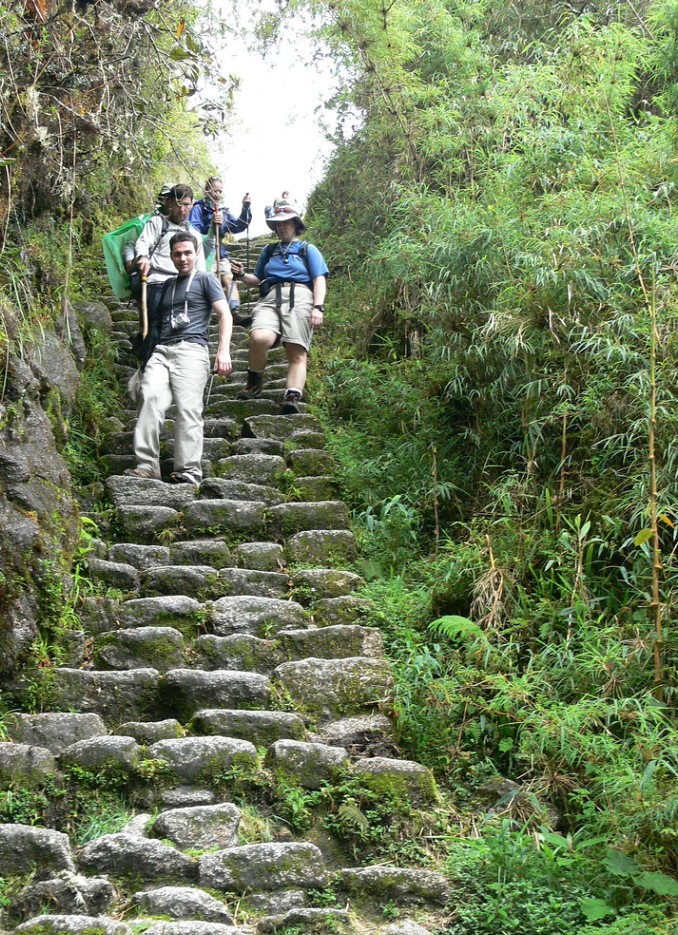
The Incas had a great wisdom to build and design this road. The stairs are elements designed for a fast and efficient flow of people through the mountains.
The staircase that never ends towards the Dead Woman's Pass or the one that goes downhill after this step (called "Gringo Killer") are challenges that you will never forget, and your legs either.
To deal with this situation you only need a slow pace, a correct technique that we will teach you and carry a trekking poles that will help you with the irregular steps of the stairs that are not equal, in narrowness and height.
Do not worry that we will permanently help you in addition to giving you the best recommendations for the adventure of the Inca Trail.
THE WEATHER AT INCA TRAIL
During the year there are two marked seasons, those that have rain and those that do not. If you can do the adventure during the dry season it will be easier. However getting wet with the rain, intensely green landscapes and sunrises in the clouds can give you another perspective in the rainy season.
In the dry season the days can be hot and dry. During the nights quite cold a little above the temperature to freeze. We always recommend clothes that keep you warm and a good sleeping bag so you do not have bad moments.
In April there are still some recurrent rains, and between May and October the weather is bright with plenty of sunshine. November and December have rains that intensify between January and March.
We enclose a picture that can help you understand the weather in the Inca Trail:

THE CAMPING AND THE BATHS IN THE INCA TRAIL
Sleeping for 3 nights in a tent will surely bring many childhood memories to those who made long camps. We provide toilets and portable showers so you have a pleasant experience and that exclusive for our customers.
Of course, it is not a hotel room, with limited facilities inside the tent, it is difficult. But living with all the people who are in charge of your care as our guides, cooks and porters will make your experience more charming.
How much should you carry in your backpack?
You can carry a backpack with about 6 Kl (13 lbs) that are distributed among personal cleaning items, camera, lenses, a rain poncho, sunscreen, water to drink among other small things. It is ideal not to exceed that weight, because it will feel very heavy when you walk.
There are some guys on the Inca Trail who save your life at the beginning of the hike. They can take you the rest of the luggage for the Inca Trail. They will carry the other personal items, the tent, the sleeping bag and a change of clothes in case you get wet.
The rest of the necessary things such as food, cooking, dishes, etc. we entrust to the team of Kenko Adventures so that you do not worry about anything else just enjoy this great experience.
HOW DO I PREPARE IN ADVANCE FOR INCA TRAIL?
The choice of the day to travel, has to be in advance. Once registration is open in a few days tickets are sold out between April and August for the Classic Inca Trail (We recommend booking 6 months in advance). or We can offer to you the alternatives Inca Trail tours they are open the whole year, and We will be in constant communication to help you with the preparations for your trip to Machu Picchu.
You can prepare for the stairs with exercise one twice a week, climbing stairs with 6 kilos of weight for about 45 minutes. Choose stairs with more than 100 steps preferably. You can use your hiking sticks to feel the difference.
Help to make long walks once a week to prepare for resistance for the Inca Trail.
Acclimatization is important, if you can spend a few days in Cusco before the Inca Trail will help your body to be optimal on the lack of oxygen present in the Andean highlands. Constant hydration and very low fat food help you with acclimatization.
The things that you must take to the walk must be essential, nevertheless ask us, we have a lot of experience in the Inca Trail.

ARRIVING AT MACHU PICCHU IS THE GOAL
The fatigue and the difficulties of the Inca Trail will disappear once you reach your goal: Machu Picchu. It is the prize that everyone enjoys when they begin to see the Inca mountains passing the Sun's Gate or Intipunku in local language: Quechua.
Many tourists use the train or cars to get to Machu Picchu but it is definitely not the same, no matter how easy it is and what they tell you before traveling. Walking the historic road used for centuries, and reaching the ruins of Machu Picchu above will make walking truly worthwhile.
Contact Kenko Adventures for a thorough assistance for your trip to Machu Picchu, no matter the route!
